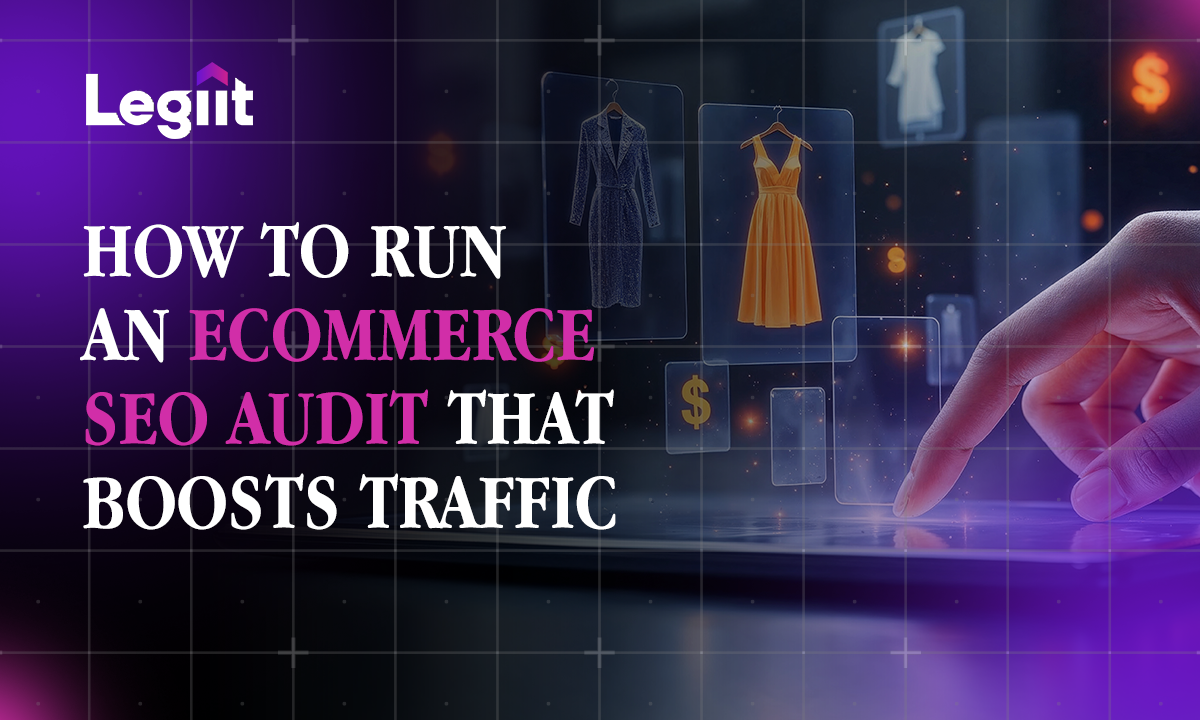Category pages are vital for both user experience and SEO, especially on e-commerce websites. These pages help organize products or content in a structured way, making it easier for site visitors to navigate.
When optimized well, category pages can improve your website’s ranking in search engines and drive more traffic to your online store. But how do you go about this?
In this guide, you'll learn how to optimize category pages step-by-step for better SEO rankings. Read on to know more.
First do a Thorough Keyword Research
Before focusing on the technical aspects of ecommerce category page optimization, it's essential to first conduct proper keyword research.
In your research, target primary and secondary keywords that are relevant to the products or topics within each category.
For example, if your e-commerce site sells women's shoes, your primary keyword for a category page could be “women's shoes,” while long-tail keywords like “comfortable women's running shoes” can help capture more specific search queries.
Write Descriptive and Compelling Title Tags
The title tag of your category page is a key element of category page optimization. It is often the first thing both search engines and potential customers see in search results, so make it clear and compelling.
Include your target keyword in the title tag to help search engines understand the page’s content.
Additionally, a clear and concise title that accurately describes the content of the page will encourage users to click on your link, improving your click-through rate.
You should also keep the title tags of your ecommerce category pages under 60 characters so they display correctly in search results.
Write Unique Meta Descriptions
The meta description is another important element of optimizing product category pages.
Although it doesn’t directly impact search engine rankings, a well-written meta description can improve the click-through rate from search results, which in turn helps boost your rankings.
When writing meta descriptions for ecommerce sites, be sure to include your primary keyword and a brief summary of what the page offers.
Structure Your Category Page Effectively
Having a clear URL structure that reflects your category’s content is important for both users and search engines.
A well-optimized category page should have an easy-to-read URL, such as “www.yoursite.com/womens-shoes.”
Avoid using long strings of numbers or generic terms. This helps search engines crawl your site and ensures visitors can easily navigate to relevant categories.
Also make sure your category page follows your site's hierarchy, with parent categories leading to child categories.
For instance, if you’re selling shoes, “Footwear” could be the parent category, and “Women’s Shoes” could be the child category.
This makes your website's structure easier for both search engines and site visitors to understand.
Add Internal Links to Relevant Categories
Internal linking is an effective way to help search engines understand your site structure and improve SEO.
Linking to related categories or product pages within your category page’s content helps search engines crawl your website more efficiently and encourages users to explore other parts of your website.
When linking internally, make sure to use descriptive anchor text when adding internal links.
For example, instead of just linking to “click here,” use “shop our running shoes collection” as the anchor text. This improves both the user experience and SEO performance.
Provide High-Quality, Relevant Category Content
A well-optimized category page should include helpful content that serves both search engines and users.
Write a brief, unique description of the category that uses your target keywords in a natural way.
Additionally, adding high-quality content improves your rankings and helps customers make more informed purchasing decisions.
You should also include relevant category headings and links to related categories to create a helpful, user-friendly experience.
Optimize for Mobile and Speed
Ensuring your category pages are mobile-friendly is essential. With more users browsing from mobile devices, optimizing category pages for mobile viewing is vital.
A mobile-optimized page means users can easily navigate your online store, improving their overall experience.
Page speed is another important factor. Slow-loading pages can hurt your SEO and drive users away.
So compress images, minify code, and leverage browser caching to speed up your category pages.
Using Google’s PageSpeed Insights tool can help you assess and improve the loading time of your pages.
Implement Structured Data
Structured data (or schema markup) helps search engines understand the content on your page and display rich snippets in search results.
For category pages, you can implement structured data to highlight key information such as product ratings, prices, and availability.
This makes your category pages stand out in search results, potentially increasing your click-through rates.
Regularly Update Your Category Pages
Finally, category page optimization is an ongoing process. Regularly update the content on your category pages to ensure it stays relevant.
Add new products, update descriptions, or include customer reviews to keep your pages fresh and engaging.
Search engines favor pages with new and relevant content, which can help improve your website’s ranking over time.
Conclusion
Optimizing your category pages is crucial for improving your e-commerce website’s SEO rankings.
By following the best practices discussed in this article, you can help search engines understand the relevance of your pages and drive more traffic to your online store.
Having a well-optimized category page will make it easier for users to navigate your site, discover products, and make purchases.















 Download
Download